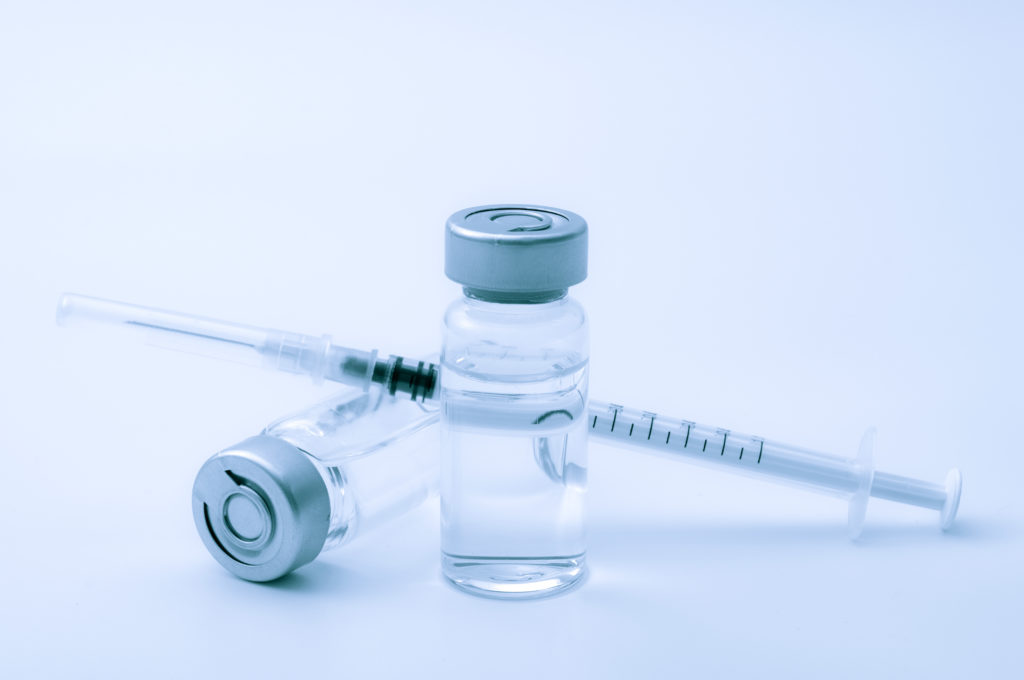
Working with a vaccine and treating Covid-19 has long-term prospects.
The coronavirus has gradually reached most of Europe, and in Denmark, emergency preparedness is in full swing. Institutions are closed, government employees sent home, and concrete blocks are set at the borders.
At the same time, companies like SAS have sent thousands of employees home as there is no work, dentists are dropping all non-critical treatments – and this summer’s Tokyo Olympics has been postponed.
Covid-19, as the disease is called, has affected large parts of Denmark, and no noses have passed.
And while the Danish authorities are working on high pressure to limit the spread of the virus, a vaccine is being banned around the world.
CureVac in Germany and Moderna in the US are some of the most advanced. They are both very much in the press right now – it was CureVac who had stories that Trump would buy, says Frank Follmann, who is the department head for the part of the state’s Serum Institute that researches vaccines.
But how are the prospects for a vaccine? And what can be done until then?
Therefore, a vaccine is not just around the corner
Before you can make a vaccine at all, you must study the virus. Therefore, there are research programs all over the world that are constantly studying bacteria, viruses and the like. And it can often take years to study what they look like.
For a virus like this one would look at what is critical in the virus? What makes us sick? What could protect against the virus?
And once the key components of the pathogen – microorganisms that cause disease – are found, you can start developing a vaccine. The vaccine is then tested in the laboratory and in animals. Does the immune system respond to it correctly? And the animal doesn’t die? And can the authorities say good for these things?
Then you can ‘check’ and send documentation to the authorities and say:
We want to test this on people.
Thereafter, the vaccine must go through three stages before it is ready for use, where safety is paramount throughout.
-
1
Clinical phase 1. Here the vaccine is tested on young, healthy people without disease. Here, the primary purpose is to ensure that the vaccine is safe to use and to investigate the response it elicits in the immune system. Including also that test subjects do not respond in an undesirable way. You send the documentation to the authorities and apply to be able to proceed in trials.
-
2
Clinical phase 2. The test basis is larger and tests are now being done to see if the vaccine works in the desired way and how effective it is. At the same time, it is still verified that it is safe and detects possible side effects. It is tested on people at risk who do not have the disease.
-
3
Clinical phase 3. If you go to continue the process, phase 3 is similar to the other two phases, but the scope is even greater with hundreds of test persons and in several places. The efficacy of the vaccine is still being investigated, but the safety and side effects are still high.
If the authorities can check the box throughout, the vaccine is now ready and registered with the authorities in the country concerned and can then be sent out to the doctors. But one never stops measuring the effect of the vaccine and any side effects as it becomes prevalent. What side effects appear extremely rare and long after? This is also called phase 4.



